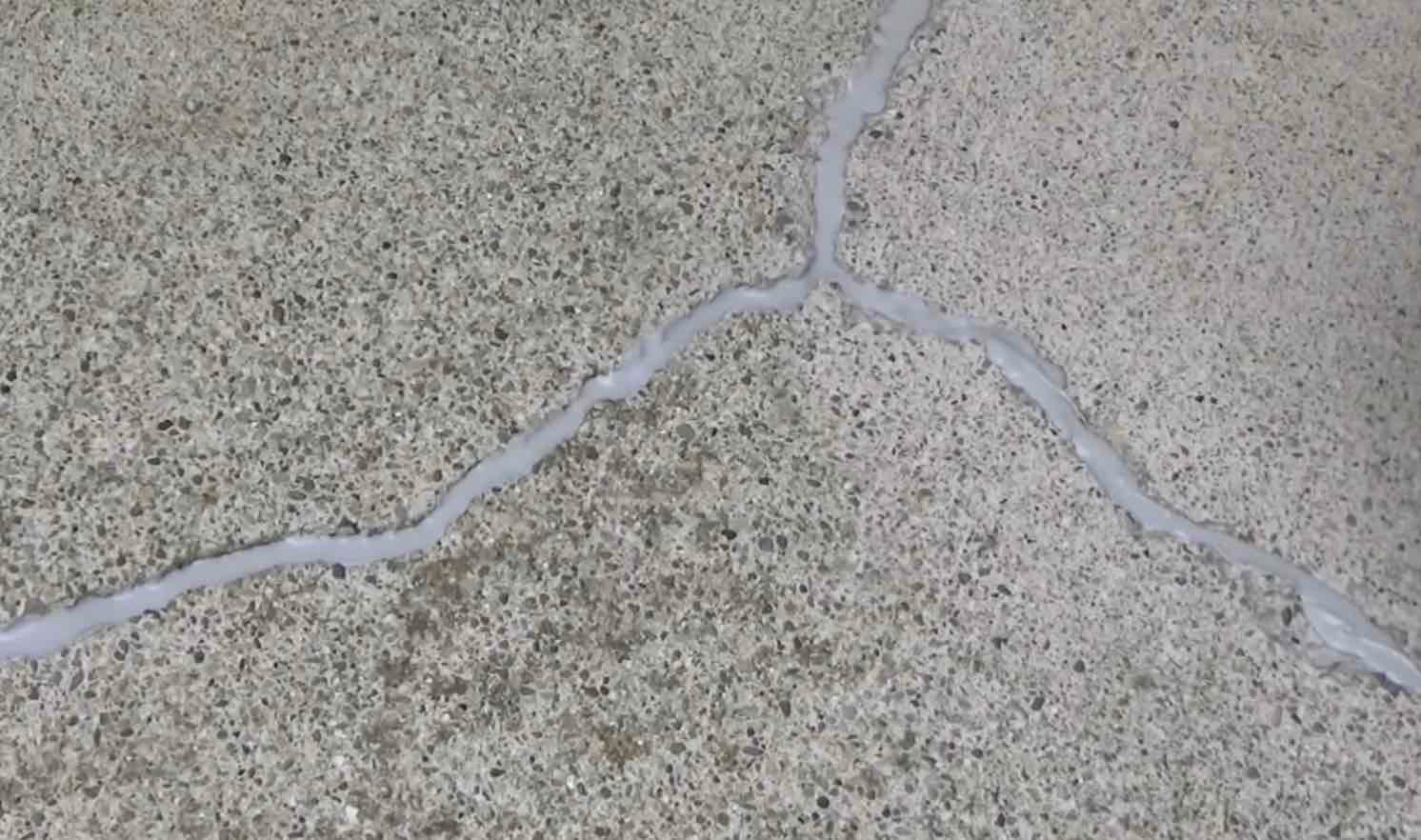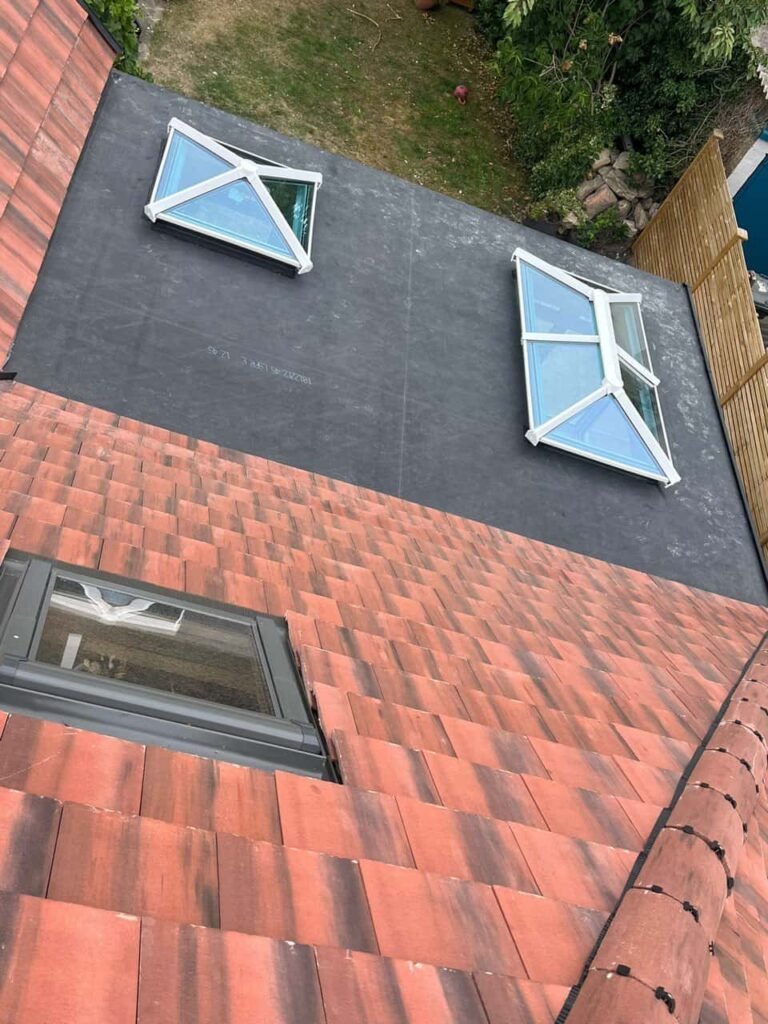Built-Up Felt Roofing
Built-Up felt roofing in London offers a durable, weather-resistant solution for both residential and commercial buildings. It provides excellent insulation and longevity.
Many properties in London have invested in Built-Up felt roofing. It is famous for its durability and weather resistance. This roofing system has many layers of felt. The felt is bonded with bitumen. This makes the roof solid and waterproof. It is great for flat and low-pitched roofs. It offers excellent protection from harsh weather climates.
Homeowners and businesses appreciate its cost-effectiveness and long lifespan. Additionally, built up felt roofing enhances insulation, reducing energy costs. Professional installation ensures optimal performance and longevity. For those seeking reliable roofing, built up felt roofing is a good choice for the London property market.
Jump On
History of built-up felt roofing.
The history of built-up felt roofing is rich and fascinating. This roofing method has been a staple in London for decades. Built-up felt roofing has provided durable, weather-resistant solutions for many buildings.
Origins of built-up felt roofing
Built-up felt roofing originated in the late 19th century. It started as a solution for flat and low-slope roofs. Early materials included tar paper and asphalt. These materials were layered and bonded together. This created a strong, waterproof barrier.
London quickly adopted this technique. Builders found it ideal for the city’s unique weather. Its ability to withstand rain and wind made it popular. This method soon spread to other parts of the world.


Evolution of built-up felt roofing materials
The materials used in built-up felt roofing have evolved. Early roofs used tar and felt paper. Modern roofs use advanced materials like polyester and fiberglass. These materials offer better durability and flexibility.
Modern materials have transformed built-up felt roofing. They provide better insulation and resistance. These advancements ensure roofs last longer and need less maintenance.
The evolution of materials has also made installation easier. Modern roofs can be installed faster. This reduces labour costs and disruptions.
Benefits of built-up felt roofing
Built-up felt roofing is a popular choice in London. It offers many advantages for homeowners and businesses. This type of roofing is known for its durability, waterproofing properties, and cost-effectiveness. Let’s explore these benefits in detail.
Durability
Built-up felt roofing is extremely durable. It can withstand harsh weather conditions in London. The roofing material consists of multiple layers. These layers provide extra strength and protection. Built-up felt roofing can last for many years. It requires minimal maintenance. This makes it a smart long-term investment for any property owner.
Waterproofing Properties
One of the greatest benefits is its excellent waterproofing properties. The multiple layers of felt create a watertight seal. This prevents water from seeping through the roof. This type of roofing is ideal for areas with heavy rainfall. It ensures your property stays dry and safe from water damage.
Cost-effectiveness
Built-up felt roofing is very cost-effective. It offers a great balance between cost and performance. The materials used are affordable. Installation is straightforward, reducing labour costs. Additionally, the long lifespan of built-up felt roofing means fewer replacements. This saves you money in the long run.
Installation Process on built-up felt roofing
The installation process of Built-Up Felt Roofing in London requires precision and expertise. This roofing method involves several key steps to ensure durability and protection. Let’s explore the detailed steps involved in the installation process.
Surface Preparation
Proper surface preparation is crucial for a successful installation. The roof surface must be clean and dry. Remove any debris, dust, or old roofing materials. Ensure the surface is smooth and free of moisture. Any cracks or holes should be repaired to provide a solid base for the felt sheets.
Layering of Felt Sheets
The layering of felt sheets forms the core of Built-Up Felt Roofing. This process involves laying multiple layers of felt sheets over the roof surface. Typically, the installation includes three layers:
First Layer
The base layer is adhered directly to the prepared surface.
Second Layer
The second layer is applied over the first, ensuring proper alignment.
Third Layer
The top layer is added, providing extra protection and durability.
Each layer is bonded using bitumen, ensuring a tight seal. This method creates a watertight barrier, preventing leaks and damage.
Final Finishing
The final finishing step ensures the roof’s longevity and aesthetic appeal. This involves applying a top coat of mineral felt. This layer protects against UV rays and weather elements. It also adds a polished look to the roof. Inspect the roof thoroughly after finishing to ensure there are no gaps or defects.
Maintenance Tips for built-up felt roofing
Regular maintenance of built-up felt roofing ensures longevity and durability. Proper care helps prevent costly repairs. Here are essential tips to maintain your built-up felt roofing in London.
Regular Inspections
Regular inspections are crucial. Check your roof at least twice a year. Look for cracks, blisters, and loose felt. Pay attention to areas around vents, chimneys, and skylights. Early detection helps prevent bigger issues.


Cleaning Techniques
Keep your roof clean. Use a soft-bristle broom to remove debris. Avoid using harsh chemicals. They can damage the felt. Gently wash the roof with water and mild soap. Ensure proper drainage to avoid water pooling.
Repairing Common Issues
Address common issues. Fix small cracks and blisters immediately. Use a waterproof liquid coating for minor repairs. For larger problems, consider professional help. Regular repairs extend the life of your roof.


Built-up Felt Roofing Costs
The cost of built-up felt roofing varies. Factors include the size of the roof, materials used, and labour charges. On average, expect to pay between £40-£80 per square meter. Regular maintenance helps avoid expensive repairs, saving money in the long run.
Environmental Impact of built-up felt roofing
Built-Up felt roofing is popular in London for its durability. It is important to understand its environmental impact. Let’s explore its sustainability and energy efficiency.
Sustainability of Materials
Built-Up Felt Roofing often uses recycled materials. This reduces waste and conserves resources. Many felt layers are made from recycled paper or glass fibers. These materials are eco-friendly and sustainable.
The production of these materials uses less energy. This helps to lower the carbon footprint. Built-Up Felt Roofing can last up to 20 years. This long lifespan reduces the need for frequent replacements.


Energy Efficiency Benefits
Built-Up Felt Roofing provides excellent insulation. It helps to keep homes warm in winter and cool in summer. This reduces the need for heating and cooling systems.
Lower energy use means lower electricity bills. It also means reduced greenhouse gas emissions. Built-Up Felt Roofing can reflect sunlight. This helps to prevent heat buildup in homes.
- Excellent insulation
- Reduces heating and cooling needs
- Lower energy bills
- Reflects sunlight
Common Issues with built-up felt roofing
Leaks and Water Damage
Leaks are one of the most common issues with Built-Up Felt Roofing. Over time, the roofing material can degrade. This degradation allows water to seep through. Water damage can lead to mold growth. It can also weaken the roof structure. Regular inspections can help detect early signs of leaks. It’s advisable to check after heavy rains. Any water stains on the ceiling should be addressed immediately.
Ponding Water
Ponding water occurs when water collects on the roof surface. This happens when the roof does not drain properly. Standing water can accelerate the wear and tear of the felt. It can also increase the risk of leaks. Ensuring the roof has a proper slope can help mitigate this issue. Regular cleaning of drains and gutters is also crucial.
Punctures and Tears
Punctures and tears in the felt roofing can happen due to various reasons. Foot traffic during maintenance can cause damage. Falling debris during storms is another culprit. These punctures can lead to leaks and water damage.
- Avoid walking on the roof unnecessarily.
- Use protective mats during maintenance.
- Trim overhanging branches to prevent debris fall.
Comparing built-up felt roofing with other roofing materials
Comparing Built-Up Felt Roofing with other roofing materials can help you make informed decisions. Understanding the pros and cons of each type ensures you choose the best option for your needs.
Metal Roofing
Metal roofing is known for its longevity and durability. It is a great alternative to built-up felt roofing.
Cost
Metal roofing is more expensive initially but can save money over time.
Durability
It can last over 50 years with proper maintenance.
Maintenance
Metal roofs need minimal maintenance and are resistant to extreme weather.
Asphalt Shingles
Asphalt shingles are a popular choice for many homeowners. They are relatively inexpensive and easy to install.
Cost
Asphalt shingles are generally cheaper than built-up felt roofing.
Durability
They last around 20-30 years, depending on the quality.
Maintenance
They require regular inspections and occasional repairs.
Single-ply Membrane Roofing
Single-ply membrane roofing is a modern roofing option. It is often used for commercial buildings.
Cost
Single-ply membranes are moderately priced, more than asphalt but less than metal roofing.
Durability
They typically last 20-30 years.
Maintenance
These roofs require minimal maintenance but should be inspected regularly.
Choosing The Right Built-up Felt Roofing Contractor
Selecting the best contractor for your built-up felt roofing project in London is crucial. A good contractor ensures quality work and peace of mind. This guide helps you choose the right contractor.
Credentials and Experience
Always check the credentials of the contractor. They should be licensed and insured. Ask about their experience with built-up felt roofing. A contractor with years of experience is a safer choice. Look for certifications and industry affiliations. These indicate a commitment to quality. Experienced contractors often belong to professional organizations.
Reviews and Recommendations
Reading reviews helps you understand the contractor’s reputation. Check online platforms like Google and Yelp. Look for positive feedback and happy customers. Ask for recommendations from friends or family. Personal referrals can be very reliable. They give you a firsthand account of the contractor’s work.
Cost Estimates
Get cost estimates from multiple contractors. This helps you understand the price range. Be wary of quotes that are too low or too high. Ensure the estimate is detailed. It should include materials, labor, and any additional costs. This transparency helps you avoid hidden fees. Choose wisely to ensure a durable and high-quality roof. Use these tips to find the best built-up felt roofing contractor in London.
Common questions about Built-up Felt Roofing
What is built-up felt roofing?
Which roofing is also known as built-up roofing?
Are built-up roofs good?
What is a 3 layer built up felt roof?
Contact denco Built-Up Felt Roofing
Built up felt roofing in London offers durability and cost-effectiveness. It’s a smart choice for homeowners and businesses alike. This roofing solution provides excellent waterproofing and insulation. Trust local experts to deliver high-quality installations. Investing in built up felt roofing ensures long-lasting protection and value for your property.
Get in touch
Ready to upgrade your waterproofing? Contact denco Liquid Waterproofing for expert service and premium quality.
Location
Unit 3a, Veka Building, Manor Way,
Swanscombe, Kent. DA10 0LL
Email us
denco.waterproofing@gmail.com
Call us
01689 824550
07921 517860

